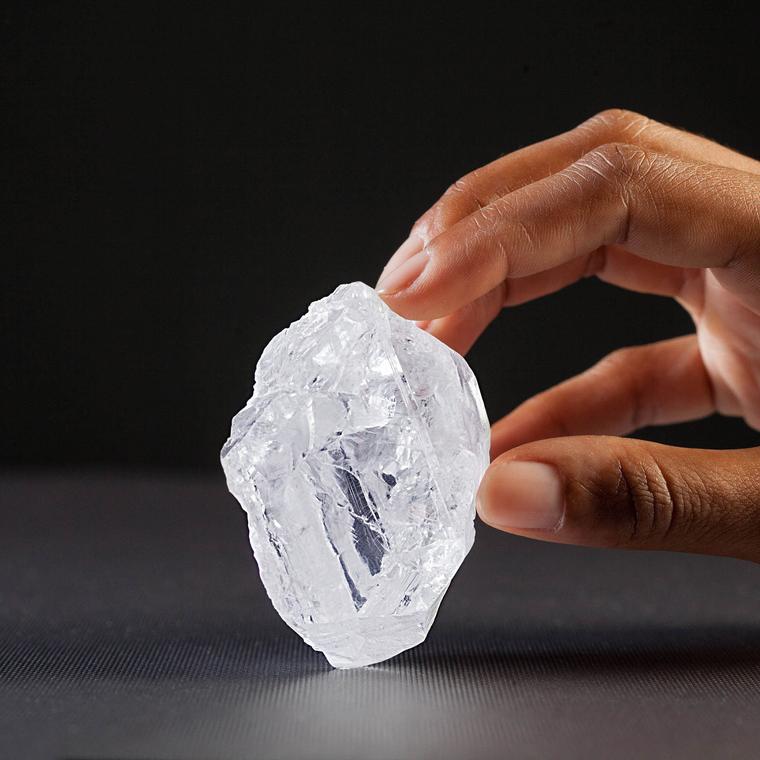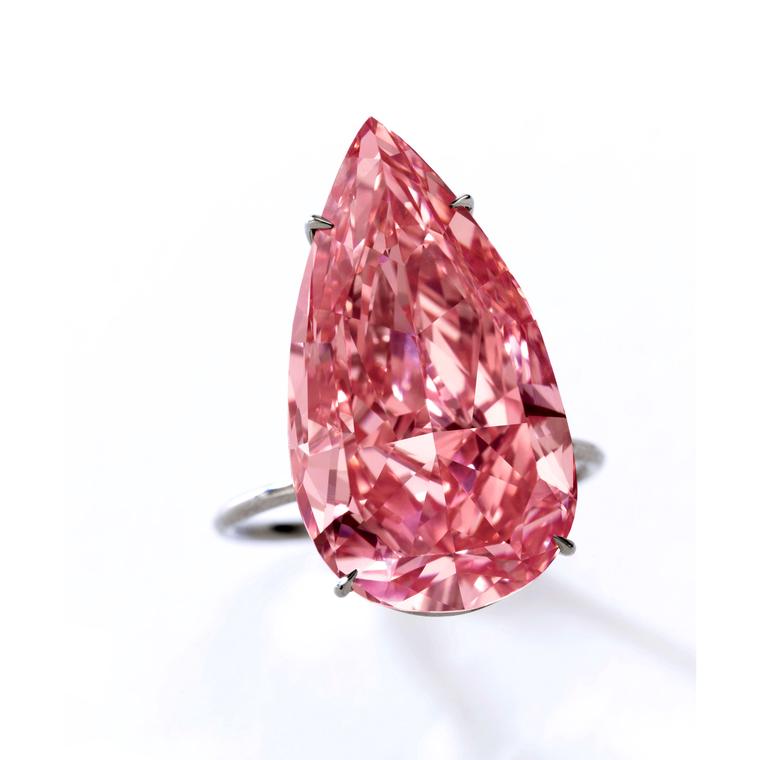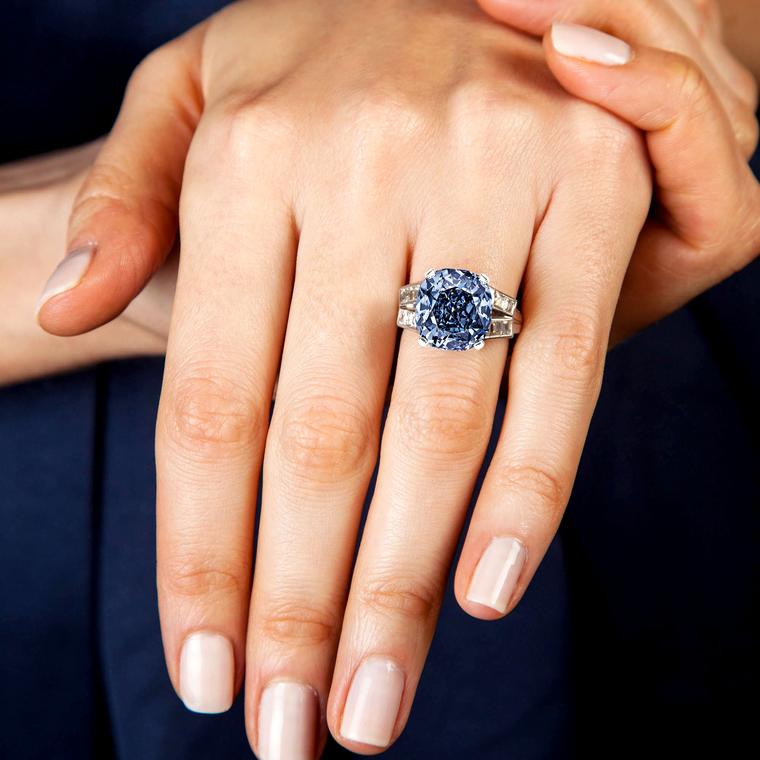Transcript
|Maria Doulton: Today, we're at Sotheby's in London and we have a very special diamond here and David Bennett, who's the chairman of jewellery at Sotheby's, is going to tell us about this unique stone.
David Bennett: Yes, this really is an extraordinary stone. It was first purchased by Nicholas de Harlay, seigneur de Sancy.
Maria Doulton: That's why it's called the -
David Bennett: Exactly, it's named after him. The first owner was Henry IV of France, who bought it for his wife Marie de Medici. It was the first time of this period that diamonds began to show the fire and the dispersion that we're so familiar with.
Maria Doulton: So perhaps it was one of the sparkliest stones of its time as well?
David Bennett: Well, it would have been. Absolutely, the top of her crown, this diamond would have attracted all the eyes in the Abbey of St Denis. It would have been an absolutely perfect symbol of monarchy.
Maria Doulton: So this is the first time that the stone has been up for sale since the 17th century?
David Bennett: Exactly. It's difficult with the eyes of the 21st century to look at it with the same eyes as you would in the 16th century, but certainly this would have been a huge stone and would be doing something that no other gemstone up until that point had done, which is to reflect all these lights and aesthetics.
Maria Doulton: So fit for a queen?
David Bennett: Absolutely.
Maria Doulton: Very good.
With us is jewellery expert Joanna Hardy, who's going to tell us what she thinks about this spectacular diamond.
Joanna Hardy: The cut suits the rough and suits this stone, and it is really, really magical. I think it's showing such character and such life. Before then, everything was cut in secrecy, you know, because it was still thought that if you were to cut a diamond crystal that it would bring you bad luck. They needed a diamond to cut a diamond, and then to work on that, and then to find that this crystal was slowly coming alive with the more facets that they were putting on there.
I think the person that owns this will definitely have something that the world will never produce again. It's unique, you know that you've got a very, very important stone.
The fact that it's got this wonderful sort of watery effect to it - a Type IIa is what we call it. The mine that was really known for the Type IIa stone or nitrogen-free was the Golconda mine in Hyderabad in India, which again just adds to its wonderful mysticism and uniqueness.
How it sparkles. Okay, we're seeing it in daylight, but then, 400 years ago, they would have seen it in candlelight and just, can you imagine, no wonder it was sought after and quite extraordinary.
Maria Doulton: Incredible. There's a lot history in that stone.
Joanna Hardy: There's a lot of history.
Maria Doulton: Yes, if only it could talk.
Joanna Hardy: Oooh! If this could talk! If this could talk.







